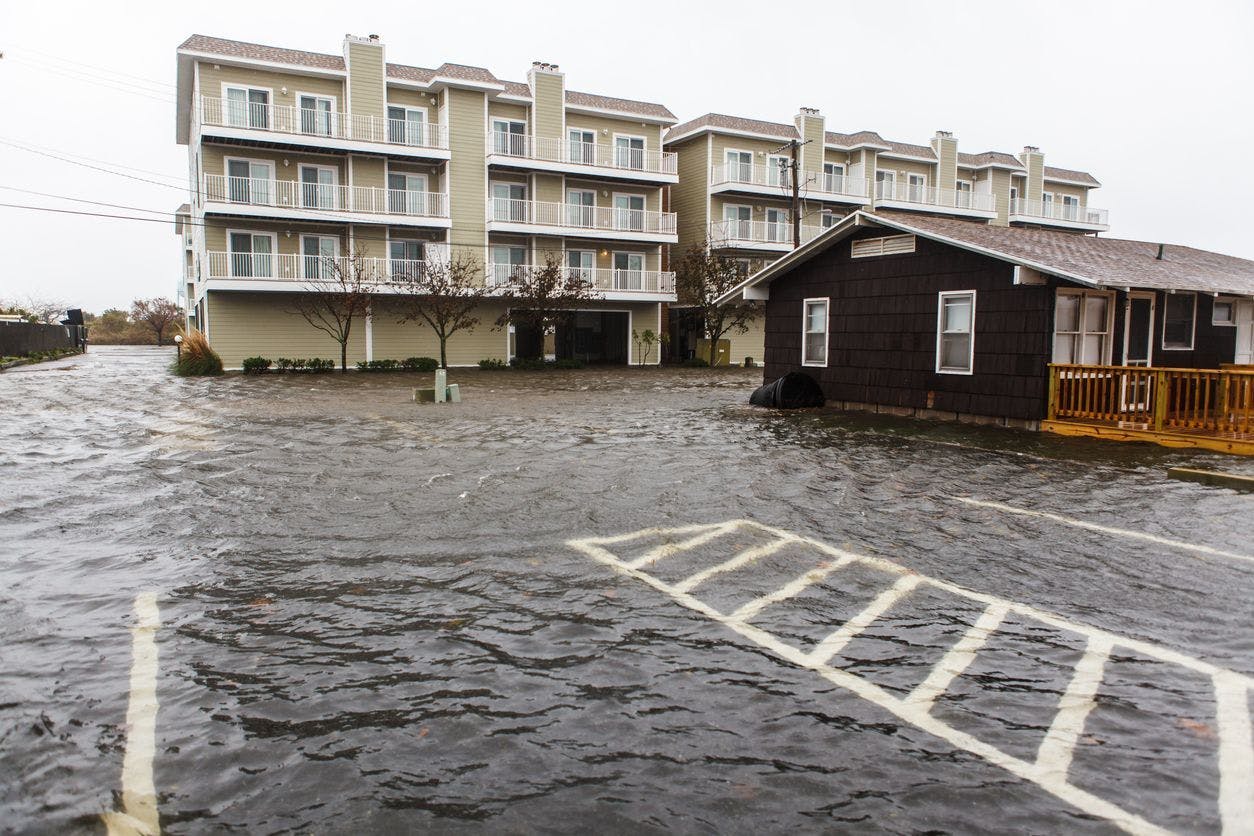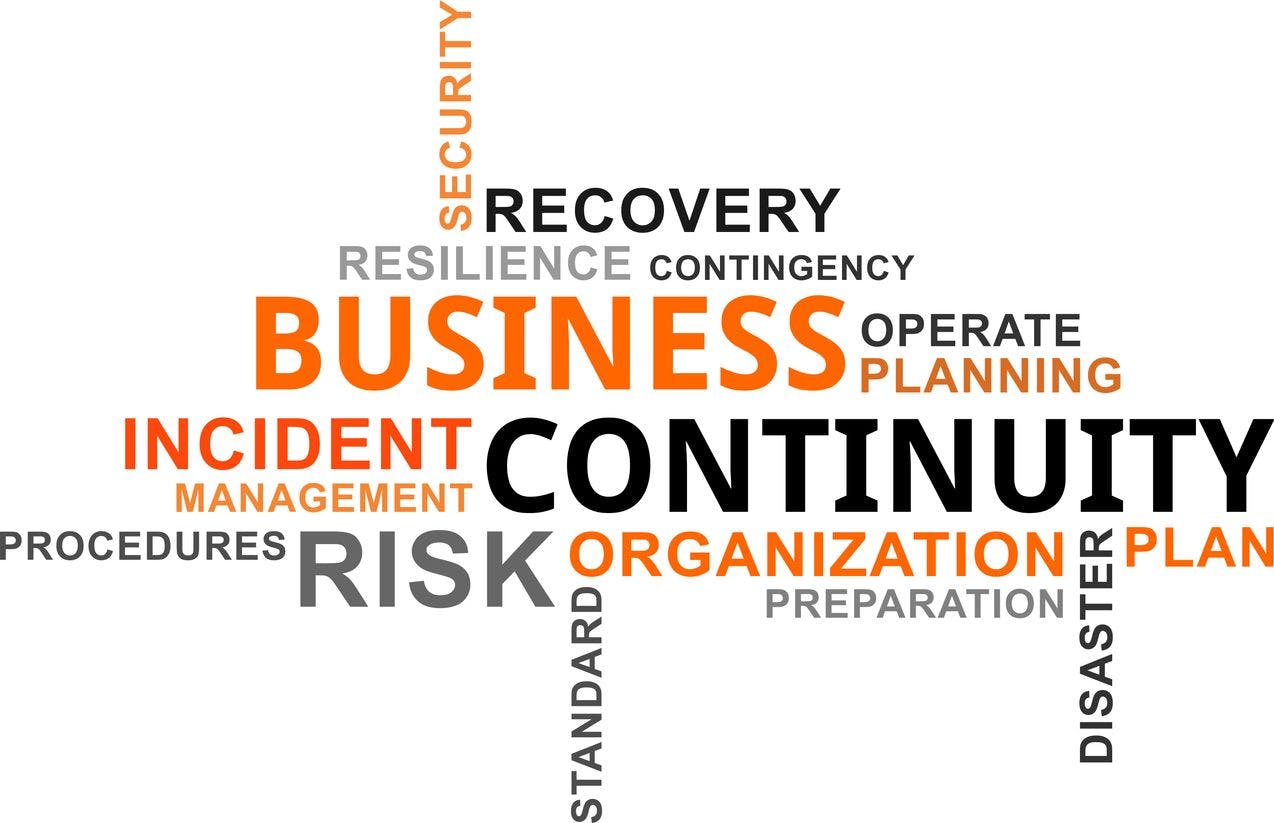Economic Resilience
The EDA recognizes that the prosperity of a regional economy depends on the region’s ability to withstand, prevent, and quickly recover from major disruptions, or shocks to its economic base. An economic shock may be in the form of economic shifts or changes within the local, state, and/or federal economic base, or a natural or man-made hazard (environmental hazard) and the impacts of climate change.
Although the term resilience can be defined in multiple contexts, in the context of economic resilience, it can be defined as the ability to:
- recover quickly from a shock
- withstand a shock
- avoid a shock altogether
Impacts on the Economy
Often, the shocks/disruptions to the economic base of a region is impacted in three ways:
Downturns or other significant events in the national or international economy which impact demand for locally produced goods and consumer spending
Downturns in particular industries that constitute a critical component of the region’s economic activity
Other external shocks such as natural or man-made disaster; environmental hazard; exit of a major employer; the impacts of climate change, etc.

Mid-Shore Vulnerabilities
The Mid-Shore region has seen its share of extreme environmental hazard events that have impacted the economy of the region, often temporarily, but occasionally more permanently. These events include tropical storms (Isabel, Irene, Sandy, etc),coastal and stormwater flooding, severe thunderstorms, and winter storms.
In addition to its vulnerability to natural hazards, the Region may also be vulnerable to human-caused hazards such as toxic chemical releases, power outages, bridge collapses, and even an accidental nuclear release.
Clearly, the ability to prevent, withstand, and quickly recover from environmental hazard events is closely linked with our region‘s economic prosperity. The ability for the economy to withstand, prevent, and quickly recover from those disruptions, whatever their original cause, is termed economic resiliency.
By adding an economic resiliency focus to the CEDS of the Mid-Shore Economic Development District, the Region can better prepare to absorb those shocks to its economic system and be better prepared to respond accordingly. The Economic Resilience section is a critical mechanism that helps identify regional vulnerabilities and helps prevent and/or responding to economic disruptions, and is therefore viewed as an integral component of the Mid-Shore CEDS.

Developing Resilience in the Mid-Shore
Establishing economic resilience in a local or regional economy requires:
- the ability to anticipate risk
- evaluate how that risk can impact key economic assets
- and ways to build a responsive capacity.
At the regional or community level, economic development practitioners are instrumental in building the capacity for economic resilience. These economic development professionals and organizations often become the point persons for: post-incident coordination, information dissemination, responding to external inquiries, and leading grant administration for federally-funded recovery initiatives.
Mid-Shore Region Economic Resilience Survey
A Mid-Shore Economic Resilience Survey was created and administered to the Mid-Shore CEDS Committee members and other pertinent stakeholders. The goal of the survey was to determine a baseline of economic resilience and/or preparedness efforts already taking place in the region as well as the level of awareness of economic resilience.
Mid-Shore CEDS Economic Resilience Strategy
The Mid-Shore CEDS Economic Resilience Strategy is based on conclusions from the Economic Resilience Survey, recommendations made by the EDA, and best and most pertinent recommendations/best practices for building economic resilience that have been identified and implemented in other regional CEDS around the country. Each action is aligned with at least one of the five objectives and is intended to achieve the primary goal of enhancing the Region’s economic resilience.

Resilience Goal
Enhance the ability of the Mid-Shore’s regional economy and individual businesses to withstand, prevent, and quickly recover from environmental hazards and other major disruptions to its economic base.
Objective 1
Encourage local emergency management authorities to help train and educate government staff, non-profit organizations, and economic development agencies on the creation, implementation, and maintenance of recovery plans and contingency actions for environmental hazard events.
- Advocate for economic development professionals and local business representatives to be involved in emergency/hazard preparation, response, mitigation, and recovery planning activities, including during the development of county hazard mitigation plans.
- Encourage local Chambers of Commerce and Economic Development professionals to work with the business community to establish a regional Business Recovery Center that can be activated within one-two weeks of a major economic shock or environmental hazard.
- Urge economic development organizations, chambers of commerce, and business associations to have alternate or backup office locations as these agencies play a critical role in disaster recovery efforts.
Objective 2
Partner with organizations to train and educate business owners/managers and the general public on the development and implementation of business continuity and recovery plans to help respond and mitigate environmental disasters.
- Encourage businesses to develop, test, and implement business continuity plans, and support businesses by providing incentives (i.e. reduction in business license fees, small reduction in property taxes (or other tax), expedited plan review for hazard retrofit/mitigation projects), to those participating in specific Economic Resilience activities.
- Incorporate economic resiliency into workforce training programs by suggesting mechanisms to train and realign the workforce to match new needs post-disruption/post-hazard.
- Seek partners to develop and disseminate a survey to business owners/managers to gauge specific Economic Resilience efforts, in order to quantify pertinent factors (e.g. percent of businesses with Business Continuity Plans), and to create an inventory/baseline of ongoing Economic Resilience efforts by business owners/managers in the Region.
- Explore the creation of a GIS analysis that links economic-related, and environmental hazard related information, to identify the number and locations of businesses and jobs located in flood zones (total and by industry); to keep industries/businesses up-to-date on environmental risks (dissemination of current hazard data and projections); and to make post-incident impact assessments.
Objective 3
Improve coordination and communication between economic development agencies, non-profit organizations, business owners/managers, and emergency managers/hazard mitigation and risk reduction specialists.
- Promote the integration and alignment of local and regional planning efforts, such as updating the economic development section of local comprehensive plans to include economic resilience and/or hazard mitigation considerations.
- Seek resources to provide technical support during the updating and maintenance of disaster response and recovery plans in the Region.
- Encourage the establishment of roles and responsibilities that economic development stakeholders in the Region will need to fulfill following an environmental hazard.
- Foster the development of procedures for Economic Development Professionals and business owners/managers to implement following an incident to ensure regular communication with business owners/managers, and monitoring of the business community’s needs and issues
Objective 4
Help identify financial resources to assist businesses affected by an environmental hazard or economic downturn with continuity or recovery.
- Identify financial resources to help keep businesses affected by an economic shock or environmental hazard from closing permanently.
- Explore ways to utilize Federal funding (such as FEMA’s Hazard Mitigation Grant Program or HUD’s Community Development Block Grants) as a tool to leverage local funds for business related mitigation activities (i.e. retrofit buildings, elevate critical equipment or build to higher code standards).
- Continue to build public-private partnerships and standing memorandums of understanding (MOU) to promote and enhance resiliency within the Mid-Shore region.
- Explore the development of an inventory of local businesses capable of providing services, materials, equipment, and an available workforce in the event of an environmental hazard, and establish a process to solicit, pre-approve and contract with local businesses, contractors, and vendors for those services, materials and equipment following a disaster.
Objective 5
Advocate for the strengthening of the region’s existing building infrastructure to be better prepared to withstand and promptly recover from environmental disasters.
- In cooperation with large employers, business clusters, and/or dense commercial areas located within hazard zones, and with local planning and emergency management professionals, facilitate the development of strategies to mitigate or prevent damage to buildings and infrastructure from environmental hazards.
- Offer a platform to educate and communicate with local utility companies on the importance of ensuring redundancy in telecommunications and broadband networks to protect commerce and public safety in the event of an environmental disaster
The Mid-Shore Region has taken its first and most important step to enhance economic resilience by establishing initial goals, objectives, and actions and has, in turn, heightened its ability to anticipate risks and vulnerabilities to evaluate how those risks and vulnerabilities can impact key economic assets and characteristics, and to build an improved responsive capacity. By doing so, the Region has poised itself with an enhanced ability to withstand, prevent, and quickly recover from an economic shock and/or environmental hazard, and is strategically working to strengthen overall economic resilience.

Improving Resilience
Despite strides that the Mid-Shore Region has taken to become more economically resilient in the face of an economic shock and/or environmental hazard, the Region must continue to be proactive in building preparedness, and in turn, enhancing economic resilience.
The Region can begin to enhance such preparedness and economic resilience by:
- educating and training the public and local professionals on the importance of business continuity/recovery plans and associated contingency actions
- improving communications and coordination between regional local governments, economic development stakeholders, emergency management professionals, business owners/managers, and the public
- identifying financial resources for businesses to explore in times of need
- continuing to strengthen and maintain the region’s building infrastructure in the face of stronger and more frequent environmental hazards.
